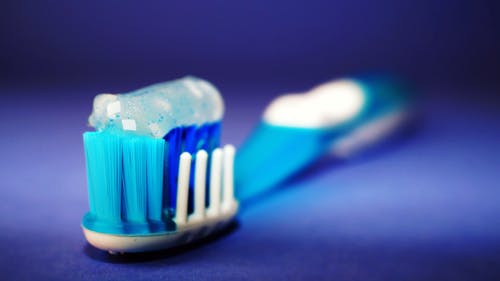Cosmetic dentistry can help you replace a broken or missing tooth. Here’s the option you need to think about: crowns or bridges? Bridges and crowns share important characteristics. It is a permanent dental option that can be removed by a dentist but is not as durable as dentures. Based on your individual situation, it is up to you which one is the best option for you. What is the difference between the bridges and the crowns? Find out which is suitable for you by reading this article.
Dental Crowns vs. Dental Bridges
Crowns and bridges for dental use are two common alternatives to repair the appearance of a broken smile. Which is the most effective solution for you? Find out the basics regarding dental crowns and bridges here.
What are dental crowns?
Ceramic or porcelain crowns are a great option to protect a damaged or broken tooth. Dental crowns are a great way to defend the fragile or broken tooth if they have been damaged. Crowns are also used to hide damaged or stained teeth. If teeth are broken due to an impact, they may cause internal bleeding, staining the enamel and becoming gray or even black over time.
In order to place the crown over an existing tooth, a small portion that is the enamel and the dentin have to be removed. The crown is held in place by dental cement. The procedure typically requires two visits to the dentist. However, the dental crown will last long after completion. You can get crown caps here at the Pavilion.
What are dental bridges?
Artificial teeth suspended from crowns can be used to replace the missing tooth. A minimum of one artificial tooth isn’t fixed to the tooth or jaw, which is different from dental crowns and implants. Most often, bridges consist of at least three teeth that are joined.
End caps, which are attached with natural teeth and dental implants, keep dental bridges “pontics,” or center teeth, in place as it helps fill the gap between your smile. The end caps of bridges need to be inserted by removing the enamel of the matching teeth as with the process for a crown. Thus, bridges were often the only option for replacing the missing tooth for a long time. Although dental implants are a possibility today, bridges remain more affordable. However, they tend to require replacement in the future. Check out St. Catharines fixed dental bridges for more information.
Bridges or Crowns?
The crown and bridges are great alternatives for filling the gaps caused by missing teeth, but there are some disadvantages to both. Bridges are typically used to fill in the large gap, and they are used to anchor the gap so that teeth can support the bridge. The adjacent teeth in the gap need to be cut to allow for a part of the bridge to ensure it is properly secured.
Bridges aren’t always the most ideal option for healthy anchor teeth. Bridges can be taken off if your anchor teeth (abutment teeth) are broken or are decaying or affected. In addition, if the bridge is designed to fill a gap that is larger than four teeth and the bridge attached to anchor teeth can exert too much pressure on the anchor teeth, which can cause them to break or cause the bridge to crack.
Bottom Line
Aside from affecting the appearance of your smile, missing a tooth or teeth can cause long-term problems that include an increased risk of contracting the infection and the loss of the other teeth, and the weakening of the gum line. Bridges and crowns will allow you to regain your full smile while protecting teeth from gingivitis and tooth loss.
If you have one of the situations mentioned above and aren’t sure about the differences between a dental bridge and a crown, you should talk to an experienced restorative dentist immediately. There’s no dental issue that they cannot deal with due to their extensive education and expertise.

